What is a Tarantula
Tarantulas, the captivating arachnids, often spark curiosity and fascination. These large, hairy spiders belong to the Theraphosidae family and are found across various regions, from the Americas to Asia, Africa, and Australia. Unlike their smaller spider cousins, tarantulas are known for their impressive size, often sporting leg spans that can exceed 10 inches. They are primarily nocturnal creatures, known for their generally docile nature, and have become increasingly popular as pets due to their manageable care requirements and fascinating behaviors. Understanding what tarantulas are is the first step in appreciating these amazing creatures and understanding how to care for them.
Tarantula Origins and Species
Tarantulas boast a rich history and a diverse range of species, each with unique characteristics and origins. Their ancestors can be traced back millions of years, evolving into the diverse species we see today. Learning about their origins and species is crucial for providing the appropriate care and environment for your pet tarantula.
Origin and Habitat
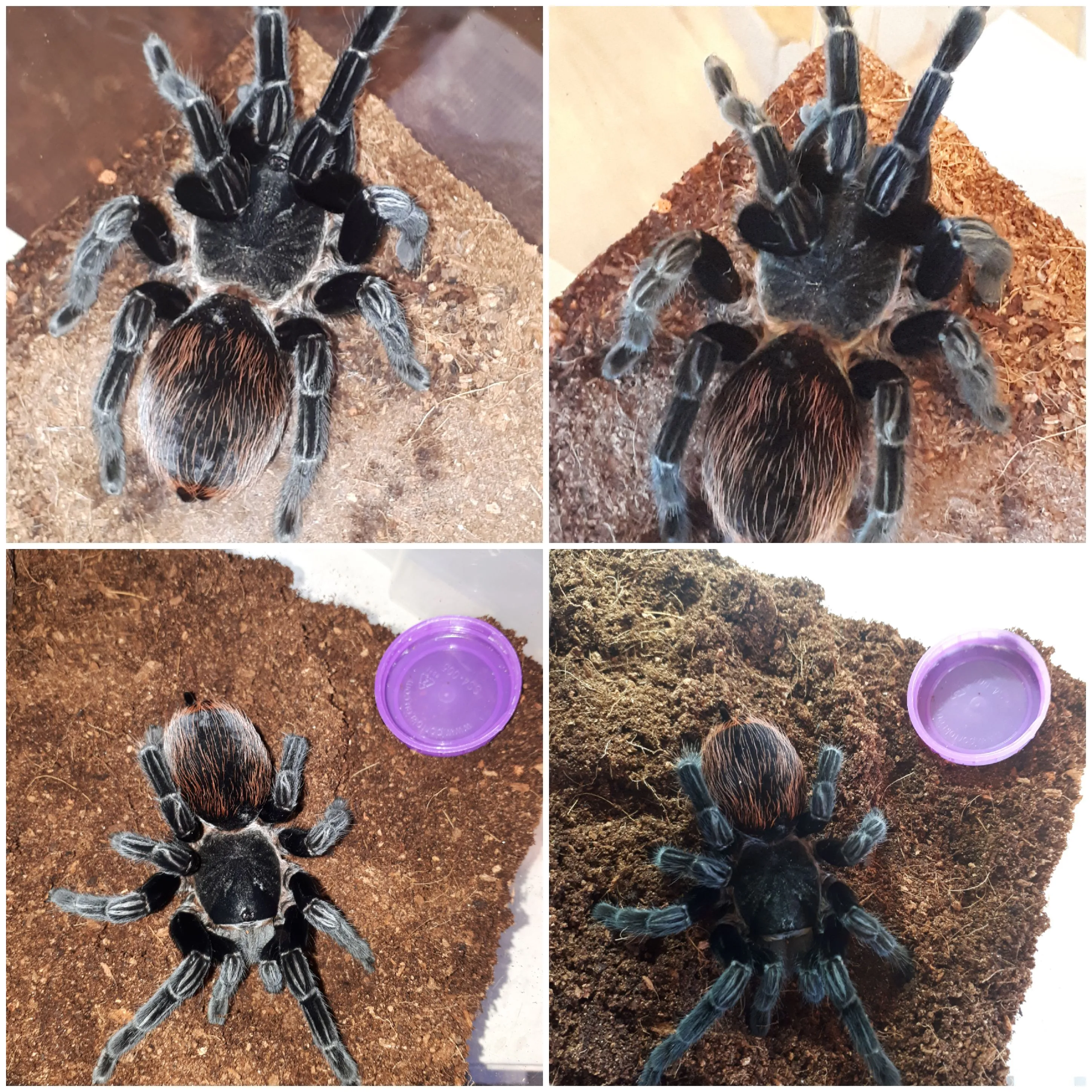
Tarantulas are native to various habitats around the globe, from tropical rainforests to arid deserts. Their natural environments play a significant role in their behavior and care needs. For example, some species are terrestrial, living on the ground, while others are arboreal, preferring to dwell in trees. Understanding the origin and natural habitat of your tarantula will help you replicate its ideal living conditions, ensuring its health and well-being. This includes understanding temperature, humidity, and the type of substrate they are accustomed to.
Common Tarantula Species
There are hundreds of tarantula species, each with its unique appearance, size, and temperament. Some popular choices for pet owners include the Chilean Rose Hair, known for its gentle disposition, and the vibrant Pinktoe Tarantula. Other species, like the Goliath Birdeater, are among the largest spiders in the world. Researching the specific needs of each species is crucial. Consider factors like their adult size, required humidity levels, and preferred substrate when choosing a tarantula. These species vary in size, color, and behavior, offering something for every spider enthusiast.
Setting Up a Tarantula Habitat
Creating a suitable habitat is essential for the health and happiness of your tarantula. This includes the enclosure size, substrate, decorations, and environmental conditions. The ideal habitat will mimic the spider’s natural environment, allowing it to thrive. The appropriate setup provides a comfortable and secure space for the tarantula to live, eat, and molt.
Enclosure Size
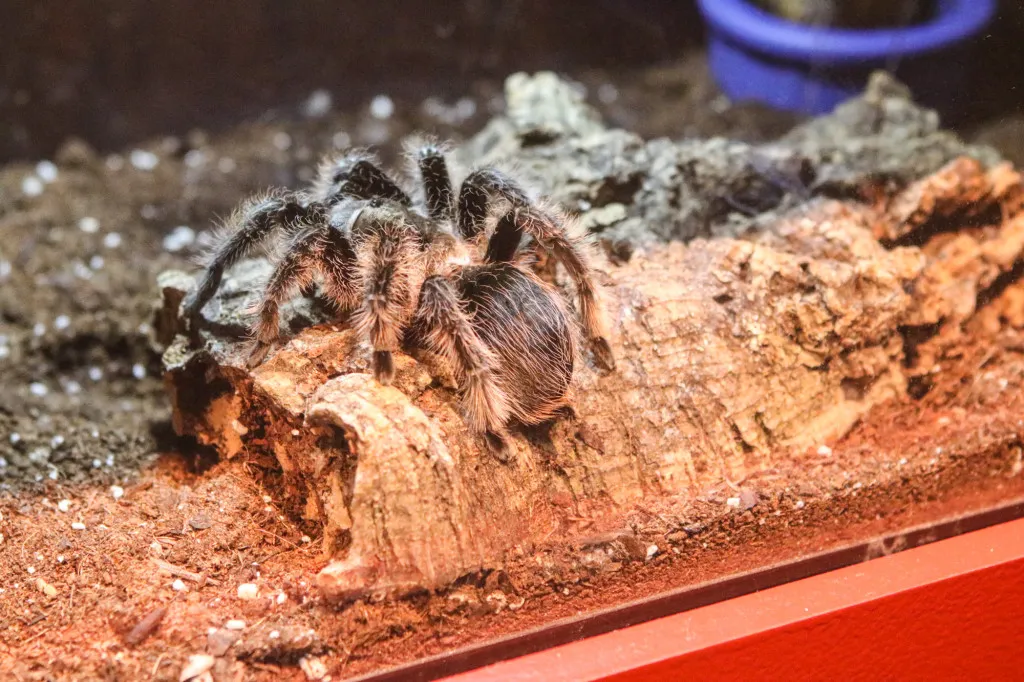
The size of the enclosure should be proportionate to the size of your tarantula. A general rule is to provide a space that is at least twice the tarantula’s leg span in width and length. The height of the enclosure is also important, especially for arboreal species, as they may need space to climb. Avoid enclosures that are too large, as this can make it difficult for the tarantula to find its food. Always consider the adult size of the tarantula when selecting an enclosure.
Substrate and Decorations
The substrate is the material that lines the bottom of the enclosure and serves several purposes, including providing a comfortable surface for the tarantula to walk on, helping to maintain humidity, and allowing the spider to burrow if it is a terrestrial species. Suitable substrate options include coconut fiber, peat moss, and vermiculite. Decorations such as cork bark, artificial plants, and hides provide enrichment and a sense of security for your tarantula. Avoid sharp objects that could injure the spider.
Temperature and Humidity
Maintaining the correct temperature and humidity levels is critical for the health of your tarantula. Most tarantulas thrive in temperatures between 75-85°F (24-29°C). Use a heat source like a heat mat or ceramic heat emitter, but always make sure it’s regulated with a thermostat to prevent overheating. Humidity levels vary depending on the species; some require higher humidity (70-80%), while others prefer drier conditions (50-60%). Use a hygrometer to monitor humidity and mist the enclosure with water as needed to maintain the appropriate levels.
Feeding Your Tarantula
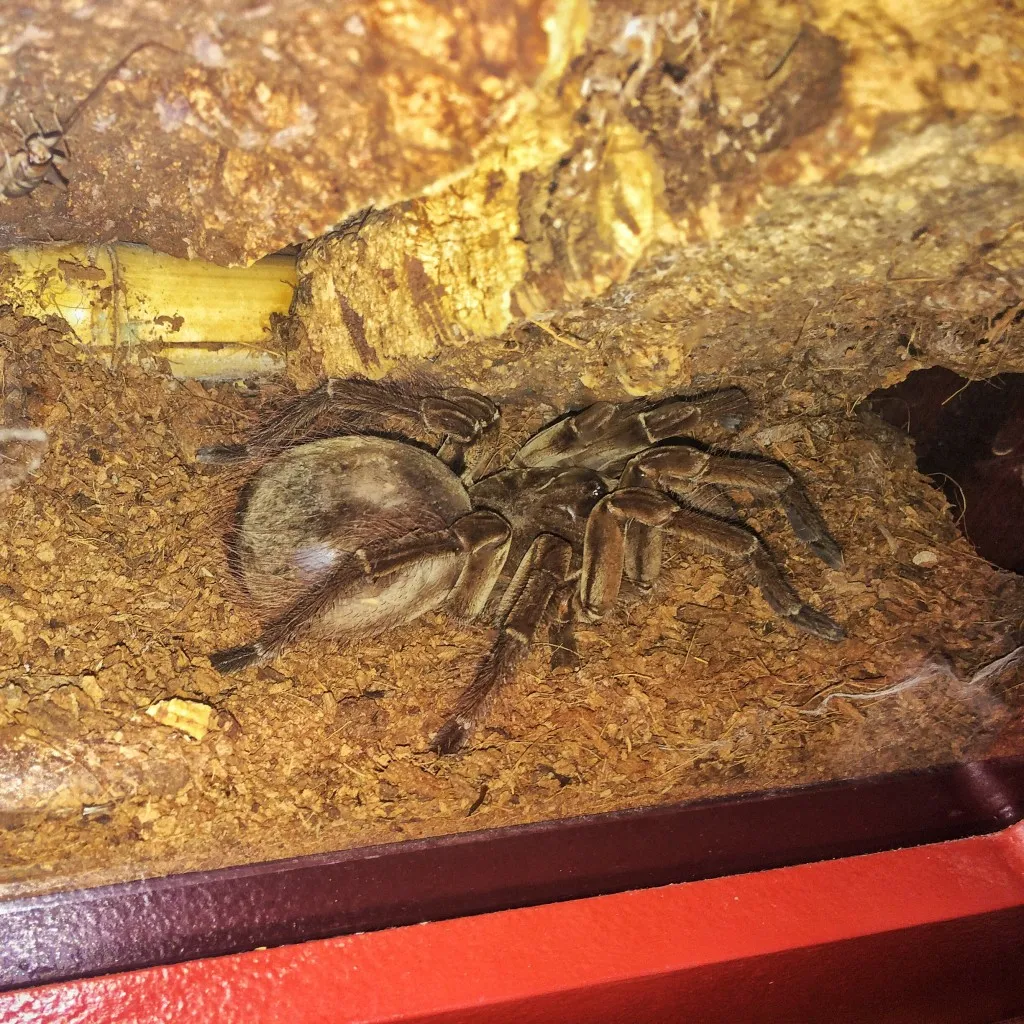
Proper nutrition is essential for the growth and well-being of your tarantula. This involves providing the right food, following a consistent feeding schedule, and ensuring access to clean water. A balanced diet and regular feeding schedule contribute to a healthy and thriving tarantula.
What Tarantulas Eat
Tarantulas are primarily insectivores, meaning their diet consists mainly of insects. Suitable food items include crickets, mealworms, roaches, and waxworms. The size of the prey should be appropriate for the size of the tarantula; as a general rule, the prey should be no larger than the tarantula’s abdomen. Avoid feeding wild-caught insects, as they may contain parasites or pesticides. Consider using commercially available insects that are bred specifically for reptile and arachnid consumption. Variety in their diet can also be beneficial.
Feeding Schedule
The feeding schedule depends on the age and species of the tarantula. Spiderlings may need to be fed several times a week, while adult tarantulas can be fed once or twice a week. Observe your tarantula’s behavior and adjust the feeding schedule accordingly. If the tarantula is not eating, it may be preparing to molt. Always remove any uneaten prey after 24 hours to prevent them from stressing or harming the tarantula. Regular feeding promotes healthy growth and development.
Water and Hydration
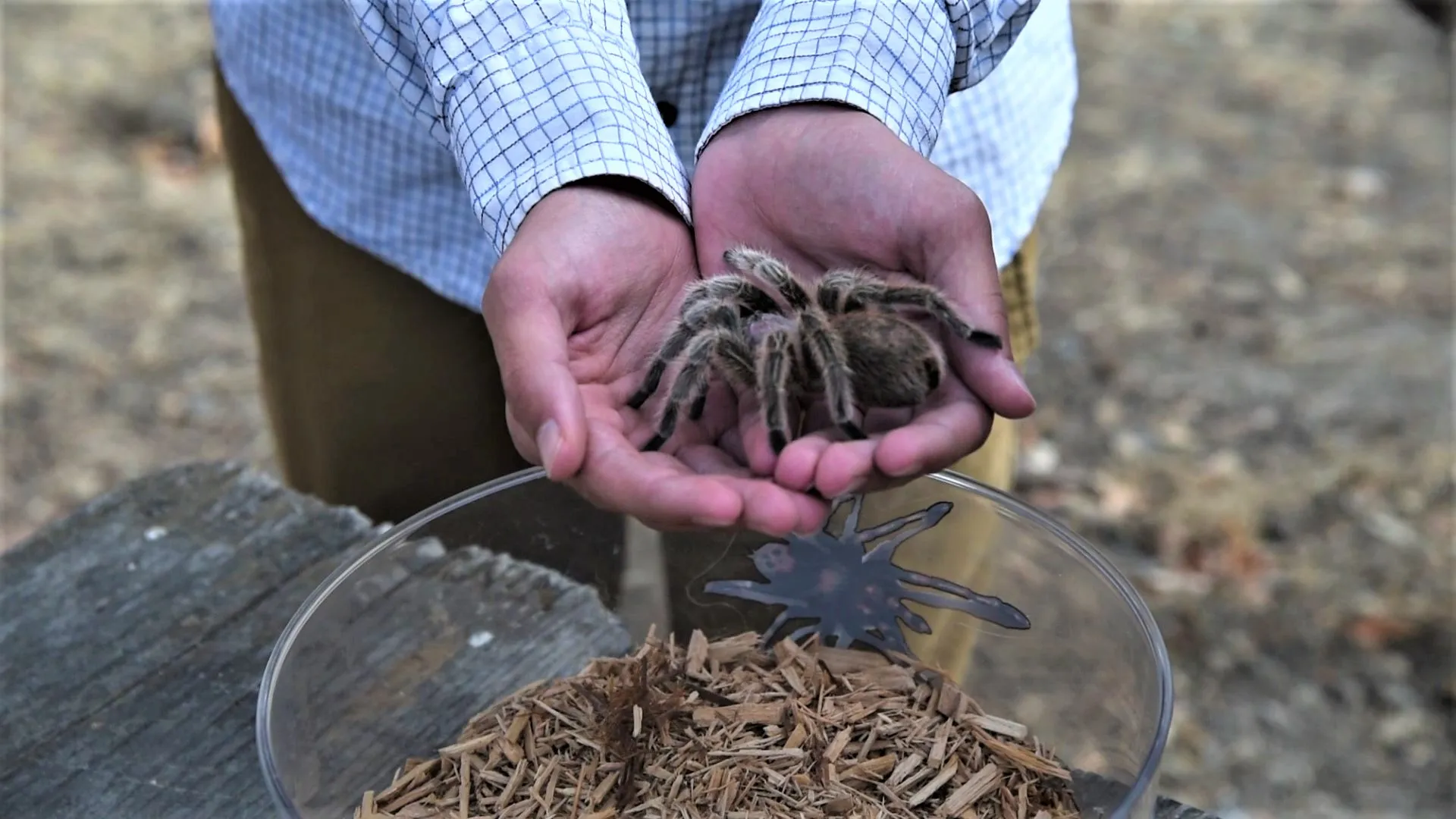
Fresh water is crucial for your tarantula’s hydration. Provide a shallow water dish with fresh, clean water at all times. The water dish should be small enough to prevent the tarantula from drowning. For smaller tarantulas, you can provide water by misting the enclosure. Regular hydration is essential for the tarantula’s health, especially during molting. Replace the water regularly to prevent the growth of bacteria and keep the enclosure clean.
Handling and Safety
While tarantulas are generally docile, it is important to handle them with caution and respect. This includes understanding safe handling practices and recognizing signs of stress or aggression. Prioritizing safety is paramount to ensure both the handler’s and the tarantula’s well-being.
Safe Handling Practices
If you choose to handle your tarantula, do so with care. Always handle them close to the ground or a soft surface in case they fall. Avoid sudden movements and be gentle. Some tarantulas may have urticating hairs that can cause irritation if they come into contact with your skin or eyes. Wash your hands thoroughly before and after handling your tarantula. Handling should be kept to a minimum, as it can be stressful for the spider.
Recognizing Stress and Aggression
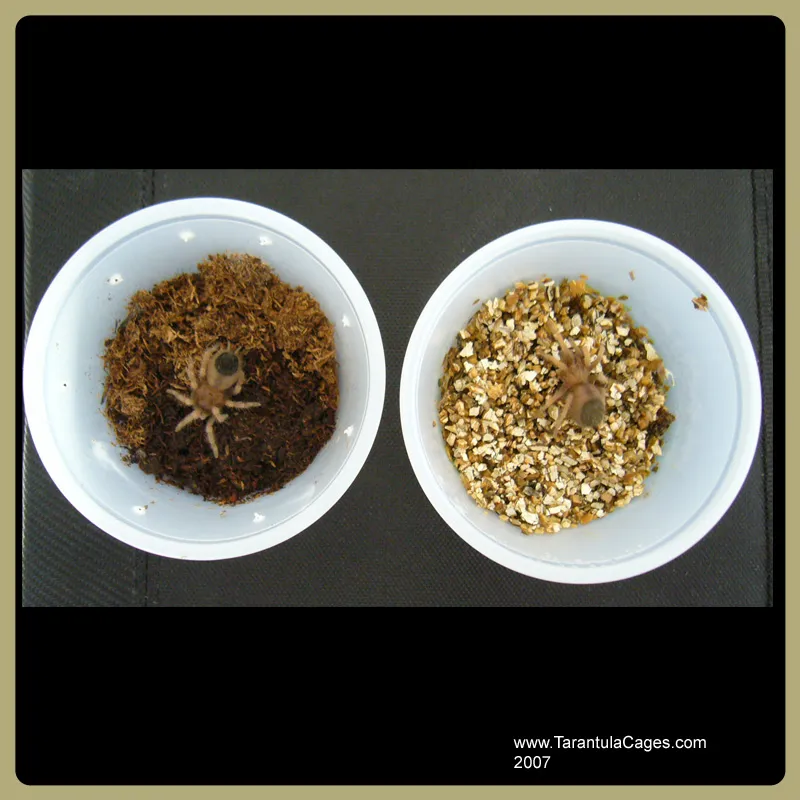
Tarantulas may exhibit signs of stress or aggression. Some signs include raising their front legs, displaying their fangs, or flicking hairs. If your tarantula displays these behaviors, it is best to leave it alone. Avoid handling them when they are in this state. It is important to understand your tarantula’s body language to avoid any potential bites or defensive behaviors. Providing a stress-free environment and minimizing disturbances can help reduce stress and improve your tarantula’s well-being.
Health and Common Issues
Like all animals, tarantulas can experience health problems. This section covers the molting process and some common health issues, equipping you with the knowledge to care for your tarantula. Recognizing and addressing health problems promptly is critical to ensuring a long and healthy life for your pet.
Molting Process
Molting is a natural process where tarantulas shed their exoskeleton to grow. During molting, the tarantula becomes vulnerable, so it is important to avoid disturbing it. The tarantula may stop eating and may lie on its back during the molting process. Provide a humid environment and do not feed your tarantula during this time. Once the new exoskeleton has hardened, your tarantula will be more colorful and larger. The frequency of molting decreases as the tarantula ages.
Common Health Problems
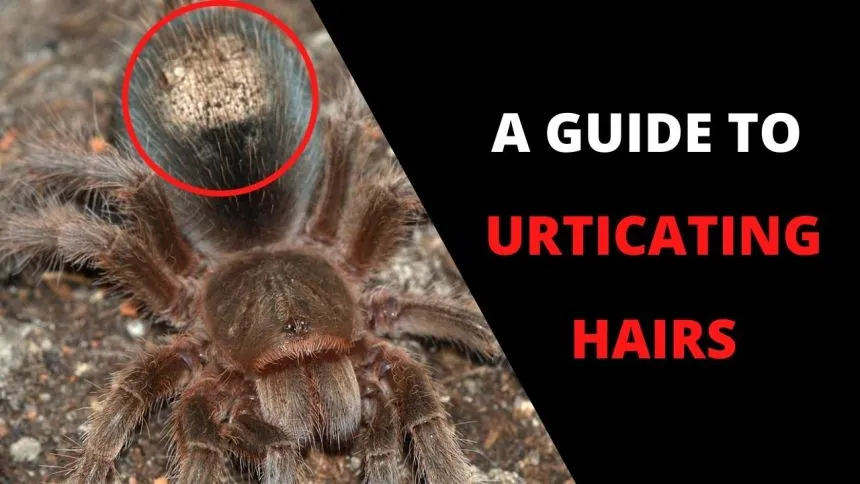
Some common health problems in tarantulas include mites, fungal infections, and parasites. Mites can infest the tarantula’s exoskeleton and substrate; if mites are present, they need to be addressed by changing the substrate and potentially using a mite treatment. Fungal infections can occur due to improper humidity levels. Maintain the correct humidity to prevent this. Parasites are less common, but it is important to quarantine new tarantulas to prevent the spread of any potential issues. If you suspect your tarantula is sick, it is important to consult with an experienced arachnid vet.
Tarantula Breeding
Breeding tarantulas can be a rewarding experience, but it requires patience, knowledge, and careful planning. Understanding the basics of tarantula breeding can help you navigate this intricate process. Successfully breeding tarantulas enables you to contribute to the population and enjoy the wonder of new spiderlings.
Breeding Basics
Breeding tarantulas involves introducing a mature male to a mature female. The male will often drum on the female’s web to signal his interest. If the female is receptive, mating will occur. After mating, the female will produce an egg sac, which she will guard and care for. The eggs will hatch into spiderlings, which need a separate enclosure. Proper care for the adult spiders and the spiderlings is important for successful breeding. The process can be complex, so doing thorough research is crucial before starting.
Caring for Spiderlings
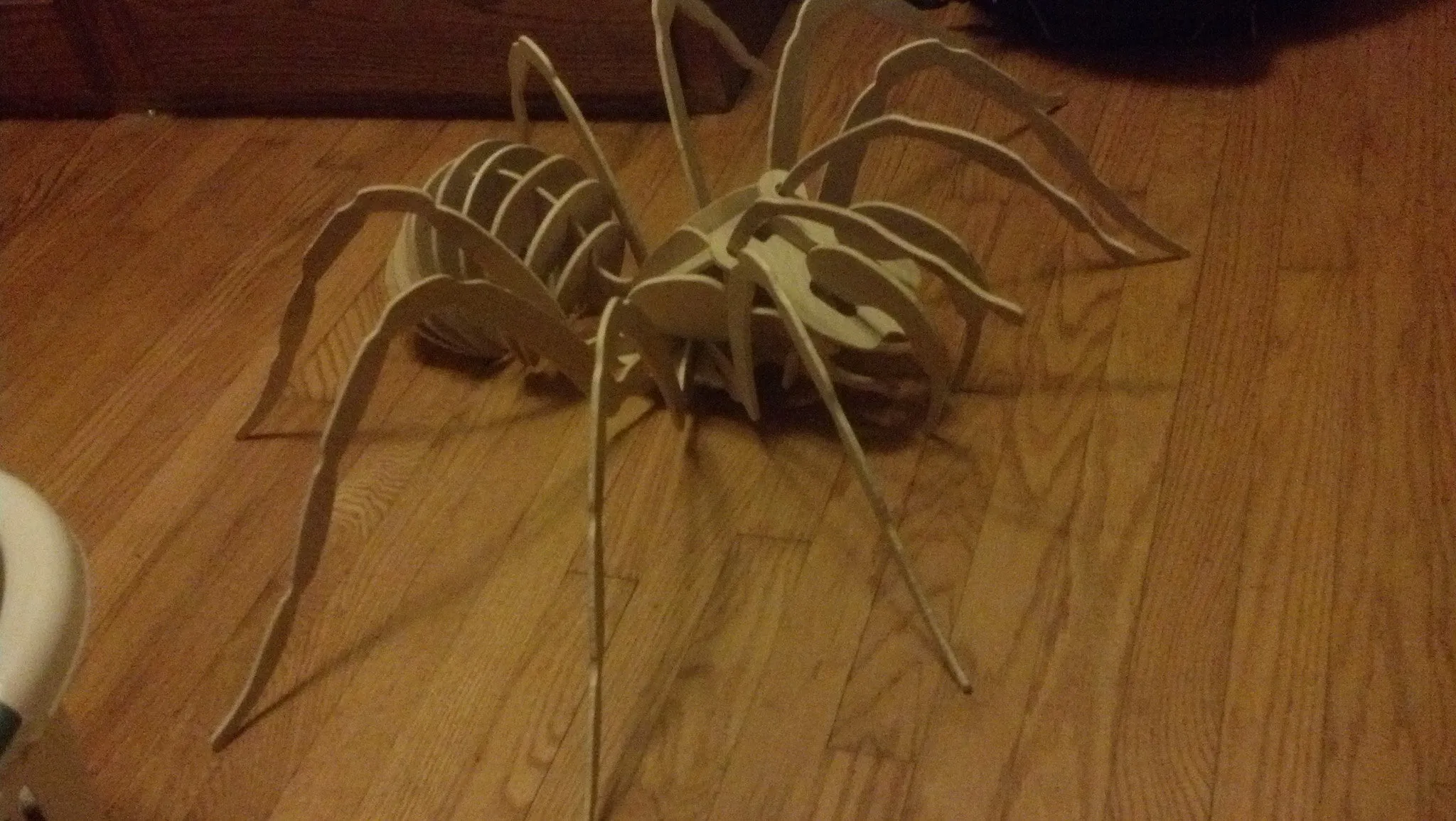
Caring for spiderlings requires special attention, as they are small and vulnerable. Spiderlings need to be kept in small enclosures with high humidity. They should be fed small, pre-killed insects, such as fruit flies or pinhead crickets. It is important to provide a clean and safe environment and to monitor the spiderlings closely for any signs of illness or stress. As they grow, you can gradually increase the size of their enclosure and the size of the prey items. Careful attention to these details will greatly increase the spiderlings’ survival rate.
